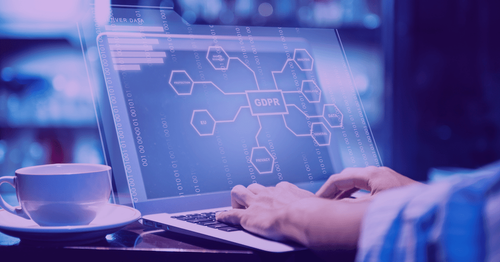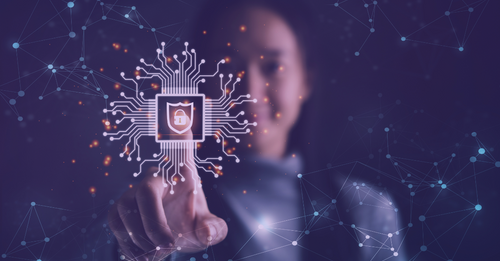Metaverse x Cybersecurity: how to protect yourself inside the metaverse
The Metaverse will bring us - quite literally - a whole new world with different possibilities and many challenges.

It seems like ever since Mark Zuckerberg announced that Facebook would be called Meta and would become THE company of the Metaverse, we've been talking about it incessantly. It makes sense because the virtual world has the disruptive potential of true revolutions, and the tech sector is curious about what's next.
When it comes to cybersecurity, then, a branch of tech that is not unfamiliar with constant changes and revolutions, we are even more interested in what the future holds.
But first, what is the Metaverse?
Contrary to what many may think, this virtual universe is not a Meta invention. On the contrary, the term has been known to futurist enthusiasts and gamers for decades, and many have for years looked forward to this Internet partner - a network of simulations and 3D worlds rendered in real-time.
The Metaverse will allow us to immerse in the internet or its virtual and augmented reality environments. The possibilities are endless. Gamers can easily see the benefits of such a world, but it will also bring so many exciting elements for commerce, science, business, and all sectors of economy and life.
It also has, like all new technologies, its challenges.
Cybersecurity in the metaverse will undoubtedly be a significant challenge. If phishing attacks are difficult to eliminate now, imagine when we are fully immersed in a whole new virtual world. This is just to begin with, as the new tech will bring new malware, DNS safety issues, and even its own encryption challenges.
Read Also: How lack of investments created a massive debt in cybersecurity
Some of the problems we currently have with data privacy and authentication will be exacerbated, and new digital threats will come up.
The absurd amount of data that companies already collect now will exponentially increase once we dive into the Metaverse. But, of course, as we immerse ourselves and use their hardware and software, data collection becomes scary, but not impossible to be taken care of.
As companies might be able to monitor our biometric data, body movements, facial expressions, and physiological responses, consumers need to be aware of the need to protect their data like never before.
It's crucial to ramp up investments in cybersecurity because, in an environment where every day brings a novelty, it is easy to be left behind. Or worse, unsafe.
As new technologies advance and new (virtual) worlds are created, companies, individuals, and governments must keep up. Investments in cybersecurity need to keep pace with those destined for the new technology and definitely surpass what cybergroups spend (in terms of time and money), crafting new ways to turn positive creations into vulnerabilities to reach data.
At Vaultree we genuinely believe that cryptography plays a prominent role in protecting users and their data in the Metaverse. Our beta is out for trial. Book a demo and take a sneak peek into the future of cybersecurity.
More from our blog
Vaultree: Bulletproof Your Business from GDPR Breach Disclosures and Fines
Transform compliance into a significant competitive advantage - business challenges now become opportunities for growth and innovation
How Data-In-Use Encryption Supports Organisations with GDPR Compliance
Data breaches are a major concern for organisations. From hacking to phishing and insider threats, the leak of sensitive data has severe consequences, not only in finances. We're talking about reputat
Cybersecurity in 2023: What can we expect?
It's a new year, but how will the infosec industry respond with cyberattacks on the rise?


